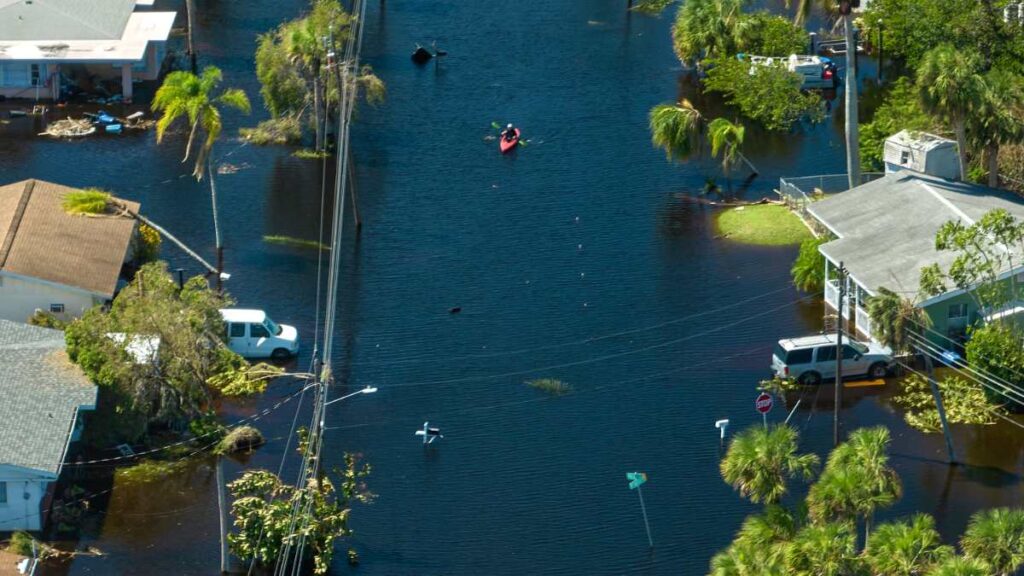Many Americans have fallen victim to disasters such as severe storms, floods, tornadoes, and wildfires this year. Unforeseen disasters can happen anywhere, anytime, leaving damage to taxpayers’ homes and personal property. Before the Tax Cuts and Jobs Act (TCJA), victims who qualified for casualty losses could take a deduction on their tax returns. Presently, these deductions are harder to come by due to the restrictions on casualty losses.
Losses must be sudden, without warning, or unusual events, such as fires, tornadoes, floods, earthquakes, vandalism, or acts of terrorism to be classified as a casualty loss for tax purposes.
Many are left without tax breaks
Tax Cuts and Jobs Act (TCJA) eradicated deductions for personal casualty losses that have and will arise from 2018 through 2025. Federally declared disasters are exceptions to the act.
However, there is an exception to the federally declared disasters rule. If a taxpayer has personal casualty gains due to insurance proceeds exceeding the tax basis of the property that has been damaged or destroyed taxpayers can deduct personal casualty losses up to the amount of their personal casualty gains.
Special election refunds
A special election permits taxpayers to deduct prior year casualty losses caused by federally declared disasters on their tax return and claim a refund. Prior year returns already filed can be amended to make the election and claim the deduction.
Taxpayers have no more than six months from the due date (without considering extensions) to file their return and make this election for the year the disaster occurred. The election must be on an original or an amended prior-year return.
How is the deduction calculated?
Take the following steps when calculating a casualty loss deduction for personal property that has been declared a loss due to a federal disaster:
- Deduct insurance proceeds.
- Deduct $100 per casualty.
- Combine steps one and two results, then deduct 10% of your adjusted gross income (AGI) for the tax year you are claiming the loss deduction.
Please note, that taxpayers must itemize to claim a casualty loss. The Tax Cuts and Jobs Act (TCJA) has decreased the amount of taxpayers who are itemizing compared to the past. TCJA significantly increased the amount of the standard deductions for all filing statutes. The standard deductions in 2023 for single filers are $13,850, $20,800 for head of household, and $27,700 for couples filing married filing jointly. Therefore, if taxpayers do not have enough deductions to itemize they will be taking the standard deduction and not receiving a casualty deduction, even if they do qualify.
Debating the issue
A group of lawmakers in Washington proposed the Casualty Loss Deduction Restoration Act with the intent to reinstate the casualty loss deduction to all taxpayers with casualty losses, not just those that are considered federal disasters. It is unknown at this time whether or not this bill will pass.
Keep in mind that the above information pertains to personal property. For property used for business and producing income, there are different rules. If a business property casualty loss occurs taxpayers or businesses are more likely to receive a deduction.


